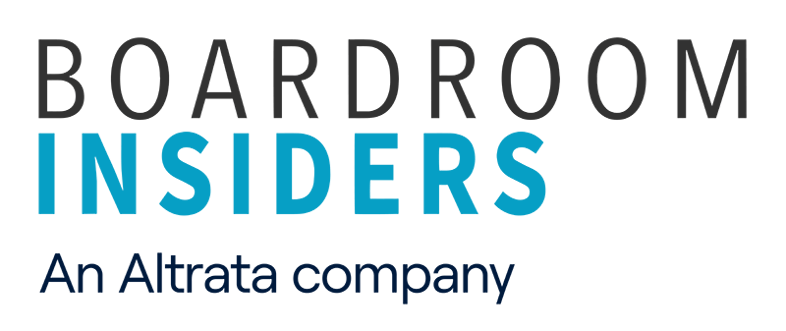
Picture this:
A top sales rep at a major financial institution consistently ranks in the top 5% of his peers. He is knowledgeable, efficient, hard working, and passionate about bringing success to his customers, himself and his organization. Over the years, he has proven that he can achieve--and exceed--his goals. Then one day, management decides to roll out new technology and processes to help reps stay organized and identify greater opportunities, while giving management new reporting capabilities and insight into sales activity. Despite good intentions on all sides, the change does more to hinder the sales rep than empower him. Over time, he grows frustrated with the new system--and his management-- because not only does he not see any value, but it actually wastes his time. To cope, he either stops using the technology entirely or simply inputs minimal info just to “meet expectations.” Either way, the organization loses.
Unfortunately, many well-intentioned initiatives fail because the people making the decisions do not fully understand the ins and outs of the businesses that will be impacted. Individual contributors can feel resentful because decisions are made without adequate discussion of how they will impact the “feet on the street.” The result can be conflicting priorities within the sales team. “Do I spend my time inputting information into a CRM or prospecting and talking with customers?”
Remember, your sales team only really cares about one thing, closing more deals. So if the technologies and processes you implement are not going to help them do more of that, what’s the point?
Before implementing a new process or tool you believe will benefit your sales team, take the following steps to make sure your new idea will be embraced and utilized.
1. Talk with Sales Management
This should be the first step in your research process, though it shouldn’t stop here. Set up meetings with the individuals directly managing teams of sales reps and ask them about the pain points their teams are experiencing. Ask them what they believe would solve the problem and aggregate the responses. Look for patterns, trends and opportunities to help your sales team perform better.
2. Interview Top Performing Salespeople
Don’t just stop with management. Identify top sales reps within your organization and ask them what they would find useful. They will likely provide you with a long wish list, more than you can possibly implement, but it will help you understand their needs, priorities and pain points. Not only will you gain insight, you will also benefit when your sales reps feel that their opinions and ideas are being sought and valued.
3. Gain Buy In
Once you’ve identified the pain points and the tools and processes that can help solve them, pitch the idea to a larger segment of the group to validate and refine your plan.
4. Promote the Value
Everyone wants to know, what’s in it for me? Promote the direct benefits to each individual contributor for adopting the new process or technology. Does it save them time? Provide them with greater opportunity? Make them more money? Whatever the end benefit is, make sure that is communicated to the people who will use it. You all want the same thing: more deals, more revenue, and greater personal success. Make sure your pitch aligns with these three things.
An ongoing top-down and bottom-up conversation within your organization can help you be more successful when rolling out new tools to your sales team. Individual contributors will feel that they are heard and valued and will be more apt to adopt new processes and tools from leadership that “gets it.” Before looking into making any changes within your organization, talk to your teams to determine what really needs to be fixed, vs. what sounds like a good idea on paper.
Are your sales reps in need of greater opportunities and the ability to connect with top prospects? View our sample profiles to see how we enable sales teams to close bigger deals faster by connecting them to their prospects.







Share Your Thoughts